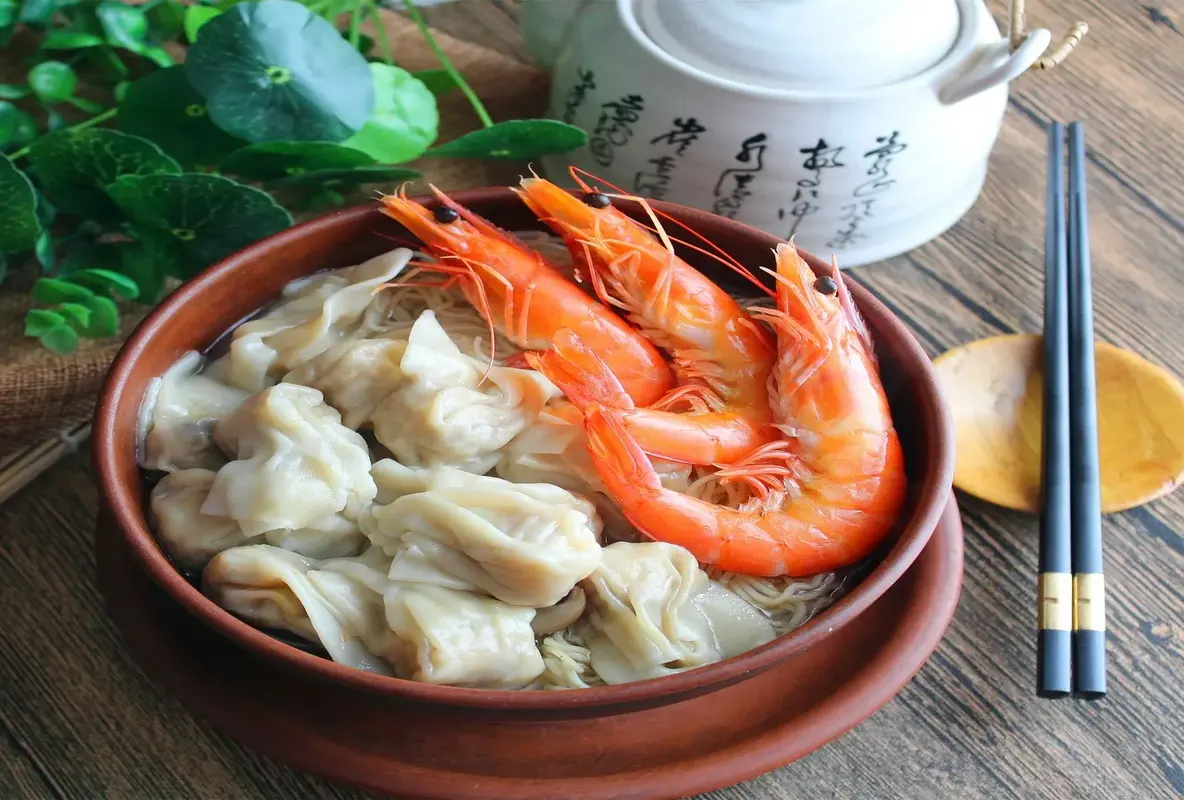A Culinary Journey: Tracing the Roots of Ramen
When we talk about the origin of ramen noodles, we’re setting off on a delightful expedition through culinary history. Have you ever wondered how this beloved dish came to be the comforting bowl we all adore? It all begins in Asia, where diverse noodle traditions laid the groundwork for what would become ramen. As we journey together, you’ll discover how cultural exchanges, rich flavors, and innovative techniques blended, giving rise to this iconic dish. So, let’s embark on this flavorful journey, unraveling the noodle’s past and savoring its rich heritage.
Historical Context: Asia’s Noodle Traditions
When I think of the rich tapestry of Asia’s noodle traditions, I’m transported to bustling markets in China and Thailand, where the air is thick with the aroma of freshly made noodles. These culinary delights have ancient roots, with each culture boasting its own unique twist. Hand-pulled noodles in China, for example, showcase a delicate art of stretching dough to perfection. Similarly, Vietnamese pho brings a fusion of flavors with its fragrant broth and herbs. It’s fascinating how these traditions lay the groundwork for the beloved ramen we know today. But did you know that the idea of ramen burgers actually takes inspiration from these historical noodles? This innovation beautifully marries the past with the present, blending centuries-old techniques with modern culinary creativity. As noodles journeyed through Asia, they adapted, yet remained a comforting staple, embodying the heart of each culture’s dining experience.
Ramen’s Arrival: The Japanese Influence
When tracing the origin of ramen noodles, a fascinating chapter unfolds as they journeyed to Japan, where they were transformed into what we now recognize as authentic ramen. Initially, Chinese immigrants introduced these wheaty noodles in the late 19th century, which were then embraced by the Japanese culinary realm. Evolving in taste and preparation, the Japanese began incorporating local flavors and styles, creating robust broths that highlighted regional produce and proteins. From simple street food to an intricate dish, ramen became more than just a meal; it was a canvas for chefs to showcase creativity and tradition. Over time, dishes like the innovative ramen burgers emerged, blending cultures and flavors in delightful harmony. Today, exploring the distinct styles of ramen—from the rich Tonkotsu to the spicy miso varieties—reveals a complex tapestry inspired by its diverse heritage. This transformation highlights ramen’s adaptability and Japan’s culinary ingenuity, making it an international sensation adored worldwide.
Evolution of Ramen Ingredients and Styles
As we delve into the fascinating evolution of ramen, it’s amazing to see how this humble dish has transformed from basic noodles to a vibrant global phenomenon. Historically, ramen was a simple comfort food, but it’s now embraced by culinary aficionados worldwide. The transformation of this dish is evident in the variations of broth, toppings, and noodle types. Today, you can find everything from the traditional shoyu and miso bases to innovative creations like the ramen burger, which merges the comforting taste of ramen with the convenience of a burger. Ingredients such as chashu pork, menma (bamboo shoots), and nori (seaweed) coexist alongside creative additions like truffle oil and lobster, demonstrating ramen’s adaptive spirit. Each bowl of ramen tells a story, reflecting cultural exchanges and individual creativity. Not only has ramen evolved in taste and presentation, but its essence as a symbol of comfort and community remains intact. The adaptability of ramen ensures it continues to captivate and inspire both chefs and food lovers across the globe.
Cultural Significance: Ramen as a Symbol of Comfort
When I think of ramen, I envision a steaming bowl brimming with delicate noodles, flavorful broth, and vibrant toppings. It’s not just a dish; it’s a comforting embrace on a cold day. Ramen has long been a symbol of warmth and satisfaction in Japanese culture, often enjoyed in cozy ramen shops or bustling street markets. With its origins rooted in the heart of Asian culinary traditions, it brings with it not only unique flavors but a sense of home and belonging. For many, enjoying a bowl of ramen is about more than just the taste. It’s an experience, a ritual that brings people together, whether over a classic shoyu ramen or the innovative ramen burgers that blend East and West. Nourishing and versatile, ramen connects us to its rich cultural heritage while continually evolving. Its adaptability demonstrates how this beloved dish can both honor tradition and embrace modern culinary trends.
The Global Spread of Ramen Noodles
When I think about how ramen has traveled across the globe, it’s truly fascinating. This humble noodle dish, which started as a staple in Asian cuisine, is now a worldwide sensation. A prime example of this global impact is the fusion cuisine trend, where chefs creatively experiment by blending ramen with local dishes. Take Ramen Burgers, for example. They’ve captured the imagination of food enthusiasts everywhere, merging the classic burger with ramen noodle patties—an ingenious twist that highlights culinary innovation. Regions have adapted ramen to suit their palates, incorporating local flavors and ingredients. In the United States, ramen shops are popping up in cities renowned for their food scenes. From avocado to spice-infused broths, these noodle bowls reflect diverse culinary traditions. Even more, social media platforms buzz with foodies sharing their latest ramen discoveries, further boosting its popularity. It’s remarkable how ramen has become a symbol of food culture that crosses cultural boundaries while retaining its roots in comfort and creativity.
Modern Interpretations and Trends in Ramen Cuisine
Ramen has come a long way from its humble beginnings, evolving into a versatile canvas for culinary innovation. One fascinating trend I’ve noticed is the rise of Ramen Burgers. This fusion combines the juicy goodness of a traditional burger patty encased between two grilled ramen noodle buns. It’s not just a novelty but a delicious testament to ramen’s adaptability. In contemporary kitchens across the globe, chefs are experimenting with plant-based broths, gluten-free noodles, and integrating local ingredients to create region-specific flavors. This trend underscores the global culinary landscape’s embrace of fusion culture, where classic dishes meet modern culinary art. Alongside these changes, there’s also an emerging interest in ramen-inspired desserts, bringing even more diversity to how we enjoy this iconic dish. The creative possibilities seem endless, and it’s exciting to see how ramen continuously reinvents itself while maintaining its core as a comforting, soulful meal.
Frequently Asked Questions
What is the origin of ramen, and how did it become popular in Japan?
Ramen originally traces its roots back to Chinese noodle dishes. It was introduced to Japan in the late 19th or early 20th century, likely through Chinese immigrants. Over time, Japan embraced ramen, adding local flavors and ingredients, which helped it gain immense popularity across the country as a comforting and quick meal option.
How have ramen ingredients and styles evolved over time?
Ramen has evolved significantly, with regional varieties popping up throughout Japan. Originally simple, it now boasts rich broths like tonkotsu (pork bone) and miso, diverse toppings such as menma (bamboo shoots) and soft-boiled eggs, and varied noodle thickness and textures. This diversity has allowed ramen to cater to a wide range of tastes.
What is ramen’s cultural significance beyond being a meal?
Ramen is more than just food in Japan; it’s a cultural icon and symbol of comfort. It signifies warmth and hospitality, often served in gatherings that bring people together. Its comforting nature has made it beloved not only as a quick meal but also as a culinary experience shared among friends and families.
How has ramen spread globally, and why is it popular worldwide?
Ramen’s global spread was fueled by Japan’s post-war economic boom, international tourism, and globalization. Today, it resonates worldwide due to its versatility, comforting flavors, and adaptability to local tastes. From instant noodles to sophisticated ramen restaurants, its accessibility plays a big part in its universal appeal.
What modern trends are emerging in ramen cuisine?
Modern ramen trends focus on innovation and fusion, such as Ramen Burgers, where ramen noodles form the “buns” for a burger. Chefs are experimenting with plant-based broths, novel toppings, and cross-cultural flavors, making ramen an exciting and evolving culinary frontier. The dish continues to surprise and delight with its adaptability and creativity.

